The delightfully strange pseudo-Victorian costumes of Poor Things. A costume analysis by Abigél Szilas
Poor Things (2023), directed by Yorgos Lanthimos and written by Tony McNamara, is a surreal, whimsical, and visually striking period comedy/drama with highly relatable themes of self-discovery and coming of age. The plot follows Bella Baxter’s (Emma Stone) journey to adulthood, who is an experiment of the eccentric, Demikhov-like man of science, Dr Godwin ‚God‘ Baxter (Willem Dafoe).
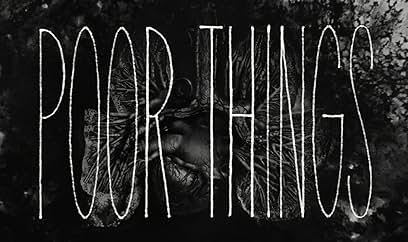
God found a pregnant woman’s body who recently committed suicide, and placed the foetus’ brain into the woman’s skull, thus giving Bella (the unborn child) an other chance at life. Bella, who is now physically an adult already, develops mentally at an accelerated rate, but she still has a lot to learn. During the film, we see her discover her opinions, desires, sexuality, and the world around her.
Based on the 1992 novel by Alasdair Gray of the same name (albeit with a much longer subhead), the film borrowed the Victorian setting from the source material, as well as the time of writing of a great inspiration for both media: Frankenstein; or, The Modern Prometheus (1818) by Mary Wollstonecraft Shelley. Despite Frankenstein not being strictly Victorian, pop-culture considers the story to be an icon of the British fascination with the macabre at the time.
Lanthimos’ film however, doesn’t the take historical accuracy seriously. It’s deliberately anachronistic by mixing Victorian, Georgian, 1930s-’40s, and contemporary elements, which are all reflected in the remarkable costumes by Holly Waddington.
Shapes, Textures
The most noticeable features of the costumes are undoubtedly the huge leg of mutton sleeves, which are components of almost every costume worn by the main character, Bella Baxter. This unusual silhouette with a descriptive name has roots in the sixteenth century, but is most characteristic of the 1820s-’30s, as well as the turn of the twentieth century.
These two times essentially frame the Victorian era (the age the film mainly intends to evoke), it having lasted from 1837 to 1901. Both the overture and the coda of the period had their own spin of the leg of mutton (also called gigot-) sleeve, which can be both observed within the costumes.
The eras where the sleeves were in vogue include Mary W. Shelley’s time, around the 1820s and ’30s. When we picture the creator of the science fiction genre, we will most likely think of her portrait either by Richard Rothwell or Samuel John Stump.
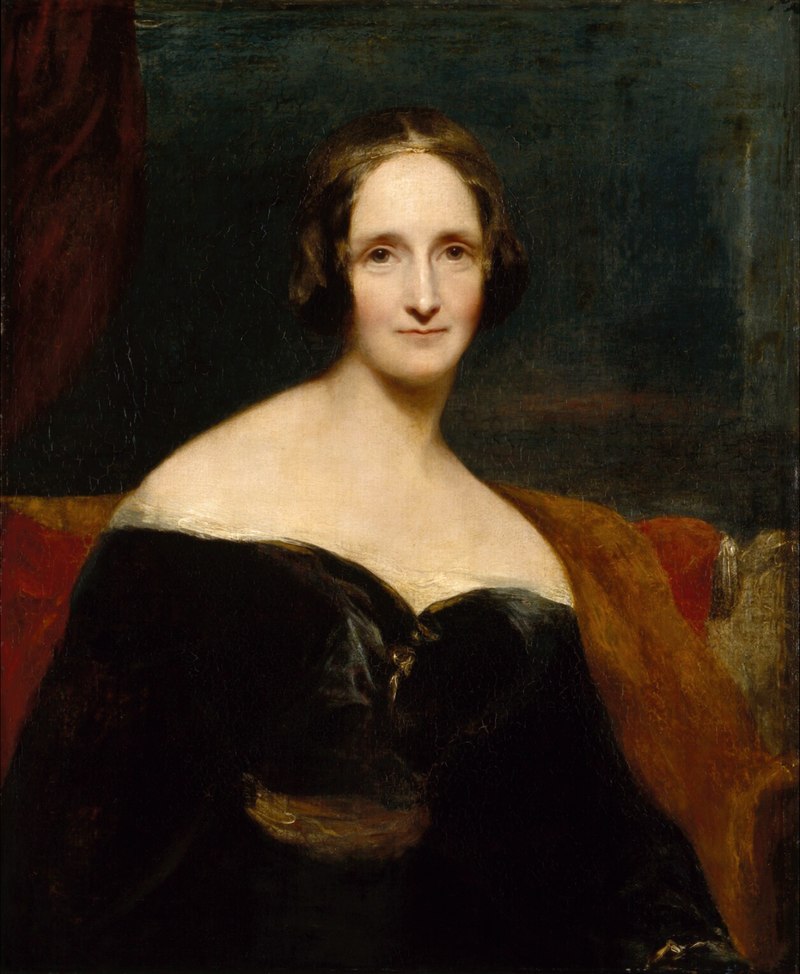
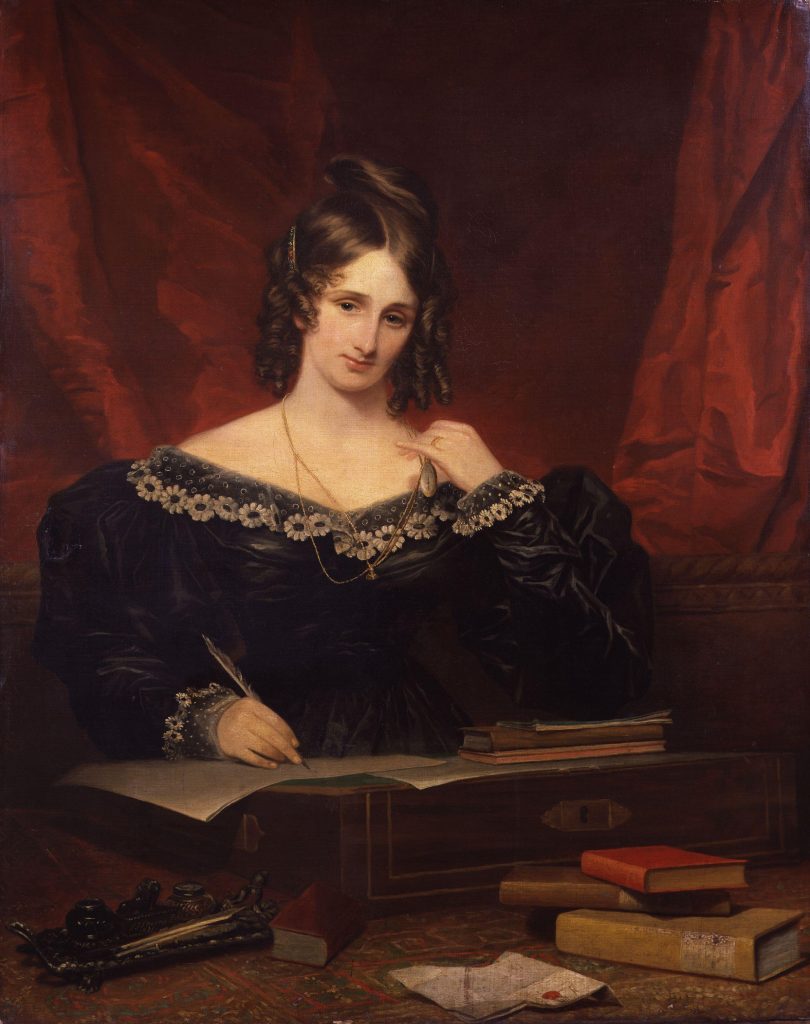
In both of these paintings, we see a curious woman with a knowing, intelligent look in her eyes, wearing a rich black gown with a near off-shoulder neckline and dramatic, puffy sleeves, the latter especially visible in the portrait by Samuel John Stump. This image is summoned by the sleeves of Bella’s white, padded morning gown worn in the first chapter of the movie.
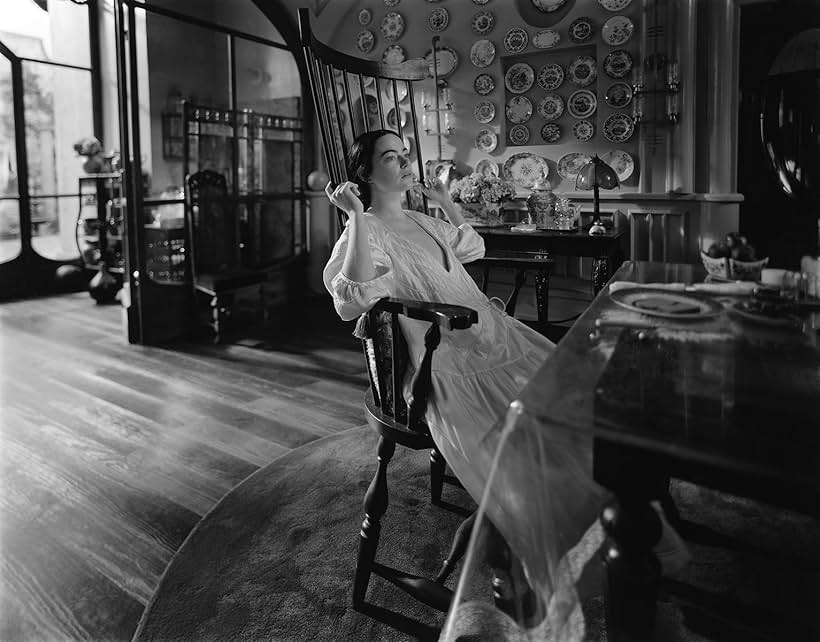
The morning gown has more than one reference: the very start of the film features the padded walls of her room, serving as a backdrop for the credits. This padding is both innocently childish and unsettling, resembling the padded walls of a mental asylum. Looking back at the morning gown in question, she seems to be ‚part of the furniture‘ by wearing this quilted fabric. She doesn’t separate herself from her ‚parent‘ (or rather creator), God, yet, just like how babies don’t understand they are their own separate beings from their mother until they are about 6-7 months old.
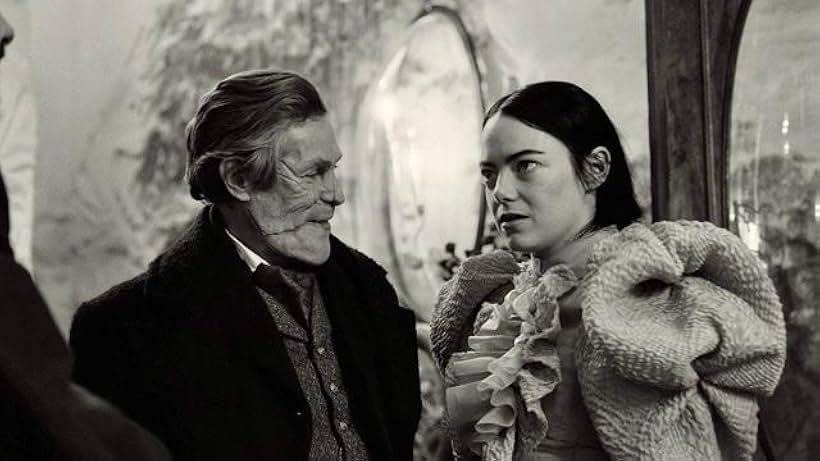
Staying with the childish inspirations, we will quickly notice that Bella is often only properly dressed from hips up. Costume designer Holly Waddington explained this to Harper’s Bazaar as: ‚When I was thinking about how I would approach Bella, I looked at my own children. […] They end up with things missing, and have this kind of innate will to be naked. I liked the idea that Mrs. Prim [Vicki Pepperdine] would get Bella ready in the mornings in a ladylike skirt and bodice, but by 10:00 a.m., the skirt would be gone.‘ This decision not only contributed to the wanted dissonance between an adult Emma Stone and her infantile outfits, it also attracts further attention to the already conspicuous sleeves.
Bella’s wardrobe in her ‚childhood‘ is dominated by soft, knit-like textures (like the first dress she wears while playing the piano), frills (such as the baby dress she waddles in to say ‚ba!‘ to God), and balloon-like sleeves.
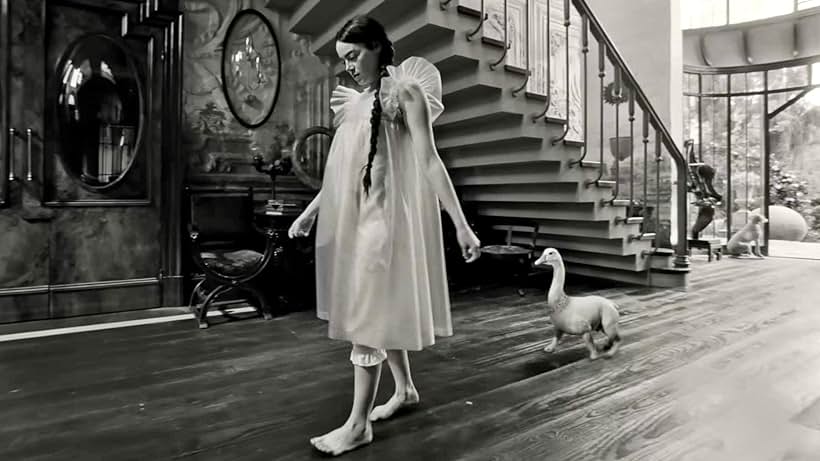
Apart from the aforementioned morning gown, most sleeves lean towards the turn-of-the-century version of the leg of mutton sleeve, the puffiness concentrating on the shoulders, and the silhouette becoming slimmer toward the wrists. This overall shape came to be the basis for multiple sleeves expressing various ideas during the span of the movie.
One of these is part of the very first dress we see: Victoria’s (the woman who previously resided in Bella’s body, her mother) abyssal, deep blue dress. We first see her from behind, making the sleeves the most distinct aspect of the gown besides the haunting blue hue, which we shall discuss later. The insectile sleeves are segmented, resembling pauldrons, the reason for which we learn toward the end of the story: Victoria was the cruel and unsympathetic wife of the equally or even more cruel and unsympathetic General Alfred Blessington (Christopher Abbott).
Despite these similarities, Victoria was unhappy with her husband to the point of committing suicide in her late-term pregnancy. Nevertheless, her style reflects both her character and the environment she wanted to escape: sharp, militaristic, aggressive.
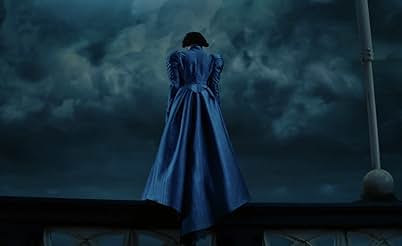
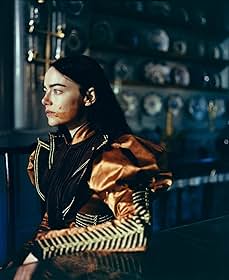
This combativeness comes up again when Bella assumes the role of Victoria in the mansion of Bella’s father, and puts on her mother’s orange-purple dress. The sleeves and the bodice feature soutache ornamentation, which was a typical adornment to sew on military uniforms, originating from France.
An other highly symbolic sleeve is the wedding dress, which Bella wears to marry Max McCandles (Ramy Youssef) toward the end. It radiates ambivalence: the structure is cage-like but see-through, both constricting and airy. This effect extends to the veil: it blurs Bella’s face without obscuring it completely. The ambivalence mirrors Bella’s still not perfectly grown-up decision to tie the knot, as well as the general apprehension many may have in the audience about the institution of marriage.
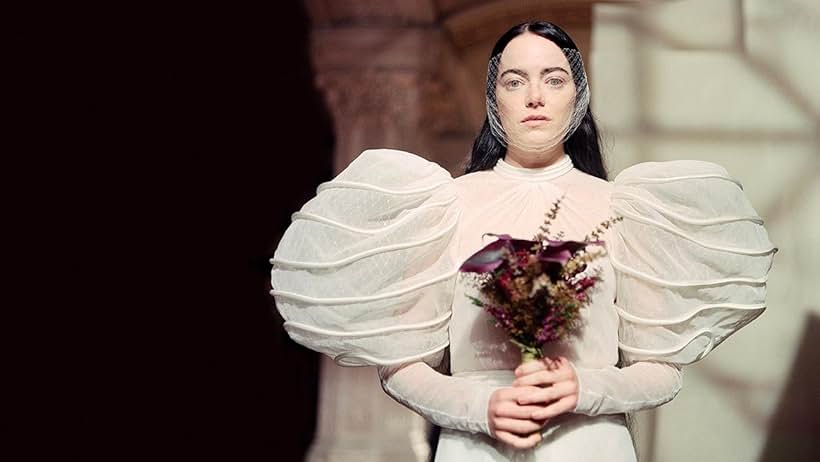
Although most costumes worn by Bella are quite top-heavy, there is an eye-catching clothing piece lower down too: the padded, lobster tail-looking bustle. Throughout history, many variations for the skirt-shaping undergarment (collectively called a hoop skirt) were developed, such as the farthingale, the panniers, the crinoline, and in the Victorian age the bustle, which only shaped the behind of the skirt. The shape of the structure was either given by wiring, padding, or a combination of the two, and could be anywhere from ankle length to only covering the buttocks.
The modernised, near sci-fi style bustle worn by Bella is again contributing to her half-dressed, childlike look in the first half of the film, as well as to achieving a vaguely Victorian feel for the whole setting.
This analysis prioritised the main character thus far, since logically, her costumes received the most variety and attention in the final film. But when talking about shapes, looking into the development is quite interesting.
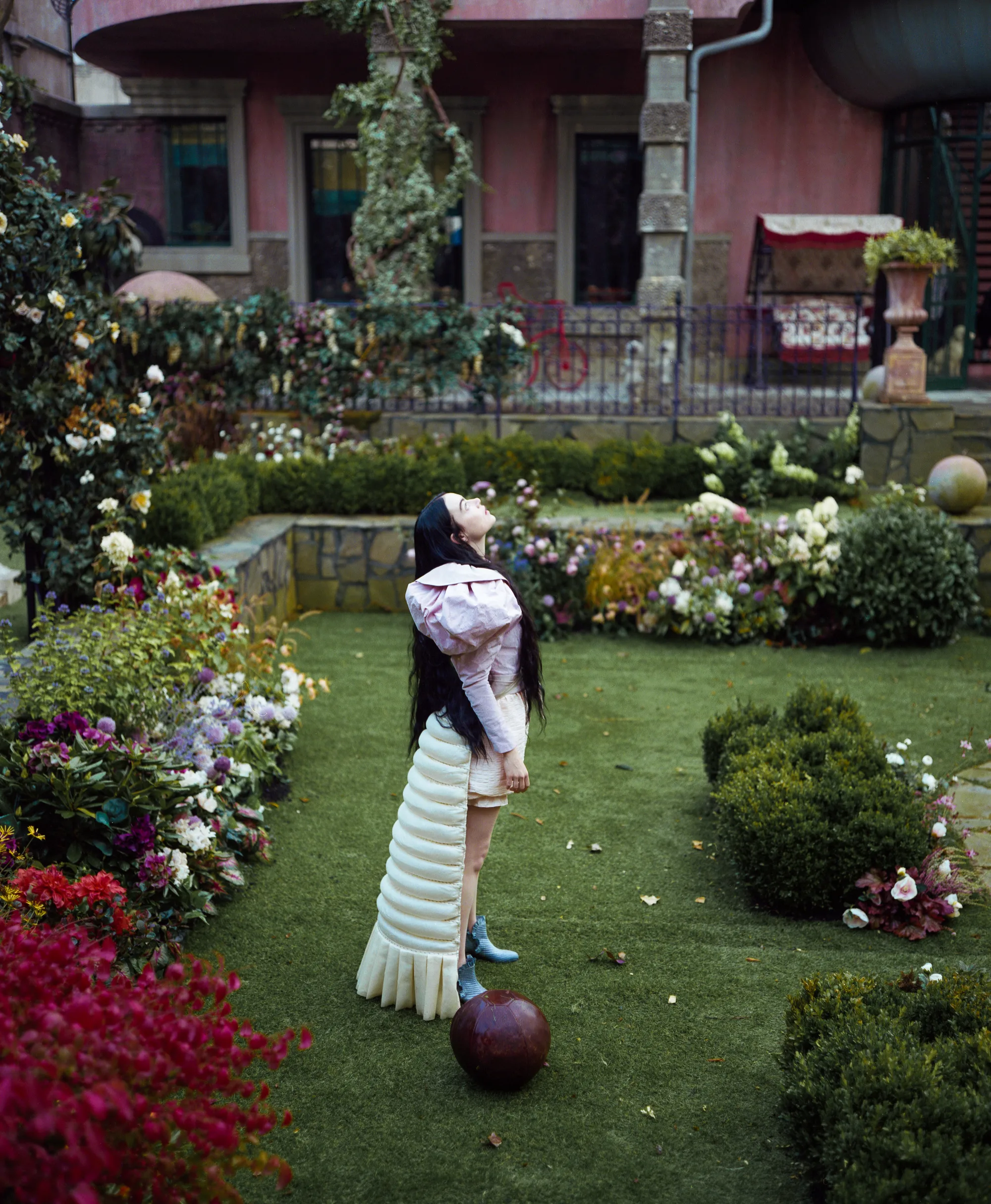
Per Waddington, the initial idea for Duncan Wedderburn (Mark Ruffalo) was to channel Victorian caricatures of fashion-victim men with puffed-up chests and curvy behinds: ‚I thought it was quite funny that Bella would have these huge shoulders and be almost overpowered by them, and [Duncan] would be in these slightly diminutive shoulders with this curvy pigeon chest. […] He started off with a foam collar and a big pigeon chest, [but] we had to simmer it all down.‘
Regrettably, Duncan’s ‚pigeon-chested dandy‘ silhouette was significantly toned down, but his corset remained, seen during an erotic scene. Although considered atypical, men too, wore corsets occasionally during the eighteenth and nineteenth centuries. From wanting to achieve a modish silhouette to giving their backs support for an attractive posture or aiding in health-related problems, there could be many reasons why a man would own a corset.
But alas, as a result of the ‚Great Male Renunciation‘ phenomenon from the eighteenth century, masculine fashion became significantly more uninspired and practical than before. Fashion in its beautiful and artistic sense was abandoned and were left for the women-folk (except with military uniforms), and quickly became a synonym for frivolity. Thus, wearing a corset as a man became comical and effeminate in society’s eyes, befitting this amusing character.
If we were to draw a conclusion about the shapes of the costumes, we could definitely say that Waddington didn’t censor the past. Archaic fashions are often deemed bizarre, laughable, or downright ugly, so they are oftentimes calmed down for the modern viewer’s taste. This was not the case here. Although mixed with later pieces, the Victorian-like elements embraced the drama and (to our eyes) absurdity of the patterns of the time, which worked wonders in creating the strange visuals for this similarly strange film.
Colours, palettes
Colours always play a significant role in storytelling, and this film is far from being an exception. The previously mentioned opening scene of Victoria in her last moments before falling to her death feels like she had already jumped. The deep cobalt of Victoria’s dress and the infinite, gloomy, clouded sky foretell the very-near future of her body being swallowed by the Thames. The shade was, unsurprisingly, hard to perfect.
As Holly Waddington recounted to People: ‚This blue isn’t an easy blue, it’s very rich. It’s a bit toxic. The fabric was beautiful and already blue but not intense enough, so we over-dyed it and over-dyed it. I worked very closely with a dyer and she did about 20 different samples of how she could push this blue and identified this particular shade.‘
The descriptor ‚toxic‘ used by Waddington in this quote is very apt for the time period. The famous ‚arsenic green‘ of the Victorian age was either of two pigments, Scheele’s Green and the improved, but still dangerous Paris green. Both were arsenic-based, degrading into arsine gas when exposed to heat or moisture, associated with a number of ailments like ‚vomiting, diarrhea, hemorrhagic gastritis, pulmonary oedema, hypotension, delirium, shock, convulsions, and eventually death.’ Victoria’s dress might not be green, but this radiant blue really does evoke the deadly beauty of arsenic-dyed fabrics.
After her jump to death, the screen suddenly becomes black and white, but it’s not sharply contrasted like history’s first movies, instead soft and pleasant. Victoria’s dead and the infant Bella inherited her body, who we see playing with the keys of a piano. This sudden lack of colour may reference the fact that babies only see black and white in their first months. The costumes here are soft in their colour (or lack thereof) and shape, the only strong features on our heroine are her thick black eyebrows and her noticeably long, raven-black hair.
The hair length has a function beyond visuals: according to Max’s observation, Bella’s hair grows two inches (approx. 5 cm) every day, compared to the average 0,5 inch (1,27 cm) hair growth per month, illustrating her accelerated mental development. The long black hair may also be a reference to the original Creature of Frankenstein, who is described by Shelley to have flowing hair ‚of a lustrous black.’ Furthermore, loose hair was associated with either children or being unkept up until very recently, many cultures having sayings and expressions about ‚wild girls‘ with untied hair.
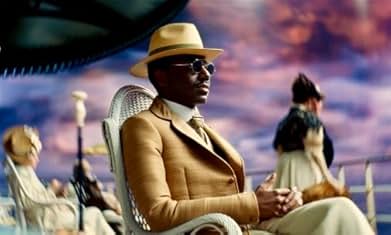
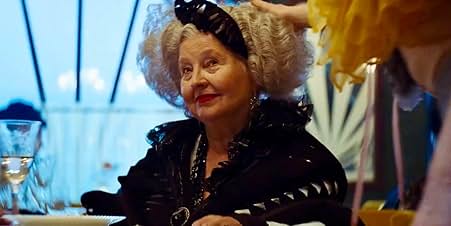
This black and white milieu stays for some time, until she makes her first ‚big girl‘ decision to run off to Lisbon with the debauched lawyer Duncan Wedderburn. The moment we see them again, this time ‚furiously jumping‘ and Bella reaching an orgasm, the screen instantly explodes into dynamic yellows and oranges, as Bella’s world opens. These colours, as well as baby blues and baby pinks create a dreamy, happy colour palette, which will dominate her wardrobe for the following chapters. She is still a child, but her curiosity and her desire to discover the world around her are able to run wild.
This discovery is capricious, she is often overwhelmed by these new stimuli. On the cruise ship Duncan smuggles her onto after Lisbon, she makes ‚friends, colleagues, comrades‘ with the intellectuals Martha and Harry (Hanna Schygulla and Jerrod Carmichael), who are eager to educate her on literature and philosophy.
These two look distinctly more modern than Bella and Duncan, Harry dressed is a 1930s-‘40s inspired wardrobe and Martha looking unplaceable into any period (besides into the timelessness of being an eccentric).
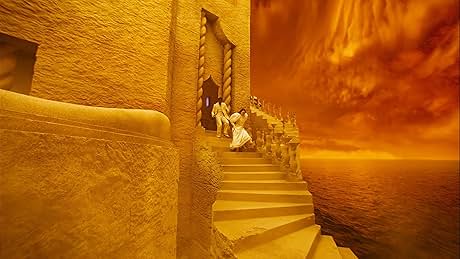
Harry decides to break Bella’s naïveté in Alexandria by showing her the suffering of the poor. In this scene, she is wearing a white frilly dress, symbolising both her privilege as a rich English young woman and her immaturity that has been broken so harshly. Hers and Harry’s white ensembles are like specks of paint on a dirty, old, yellowed piece of paper that is Alexandria.
After going bankrupt, Bella and Duncan make their way into Paris where she nonchalantly becomes a prostitute. In the brothel, she befriends fellow sex worker Toinette (Suzy Bemba), who introduces her to socialism as well as to sapphic sexuality, further broadening Bella’s perspective. The brothel’s girls are dressed in feminine, soft but sexy pastels.
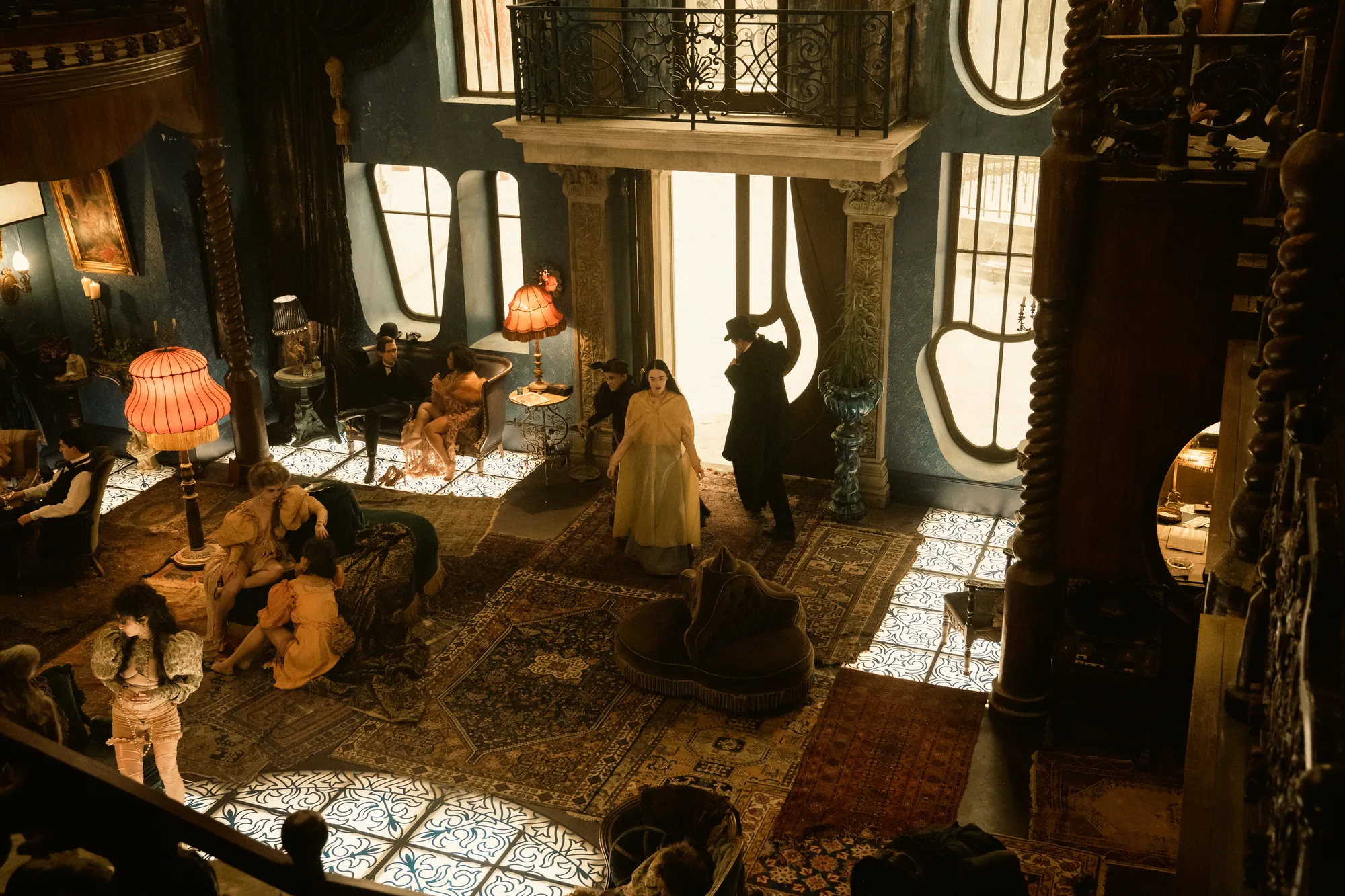
Bella also decides to step into her ‚father’s‘ shoes and pursue a medical career, where she will don her most serious costume; for the first time, she is wearing all black. Her heavy woolen suit makes her blend in with the other medical students, until she stands up from her desk: we see her bare legs, demonstrating that her aversion towards long skirts hasn’t disappeared. Although she is becoming a cultured young woman, her quirks haven’t vanished; the costume signals that maturing doesn’t mean conforming.
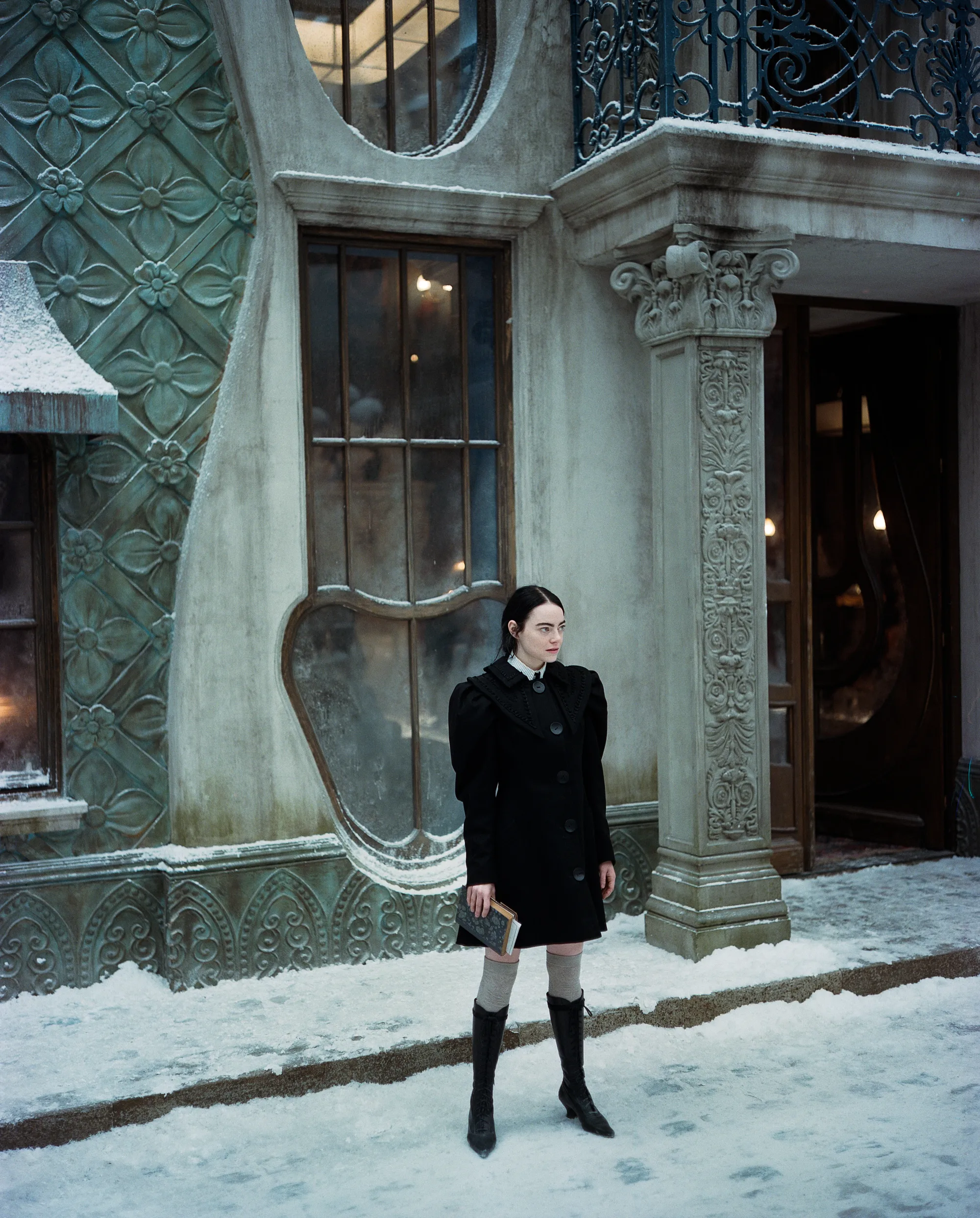
In the very last scene, she is happily drinking in the garden of her ‚childhood‘ mansion with Max, Toinette, Mrs Prim, Felicity (Margaret Qualley), and the General (or at least his body). She wears a mature, sophisticated outfit consisting of a big-sleeved ivory turtleneck jumper and a shiny brown skirt. She has quite literally grown into her body and through her wild adventures, became a woman in her own right.
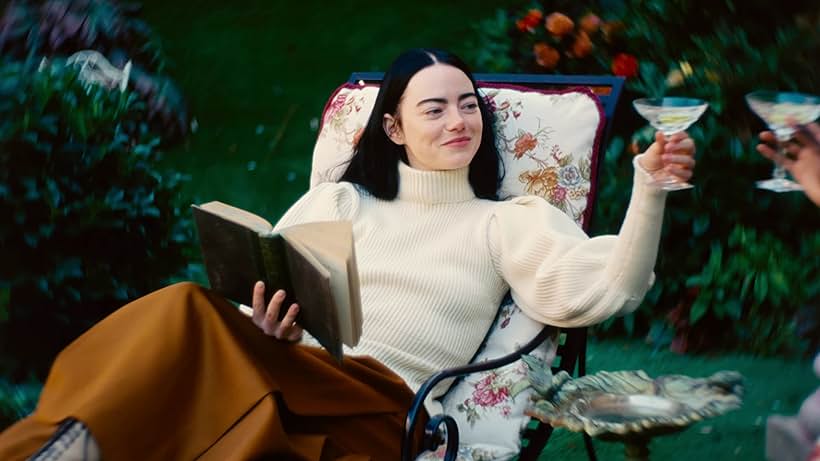
Conclusion
Poor Things was a tale of finding ourselves and our place in the world, which, although it can resonate with everyone, is especially illustrative of women’s fates. The symbolism of Bella being her mother, her daughter, and neither all at the same time beautifully paints how the hardships of the ‘fairer sex’ is passed down through generations, while trying to find our own person despite it. Her journey is reflected in her costumes: from soft little-girl elements through experimental silhouettes and colours to sensible and calmed-down garments she goes through a woman’s typical stylistic journey, while her body stays the same.
Holly Waddington’s choice of having the gigot-sleeves as the focal point of the costuming instantly placed the film into a vaguely Victorian setting, even if the other elements were anachronistic. The big spherical sleeves combined with the slim bodices almost resemble ovaries, reminding us of the overarching themes of pregnancy, birth, creation, and the marvellous grotesqueness of it all.
Abigél Szilas
Mehr über Abigél Szilas:
Instagram: @abigelszilas
Crew United: Abigél Szilas
Email: abigel.szilas@gmail.com
Schreibe einen Kommentar